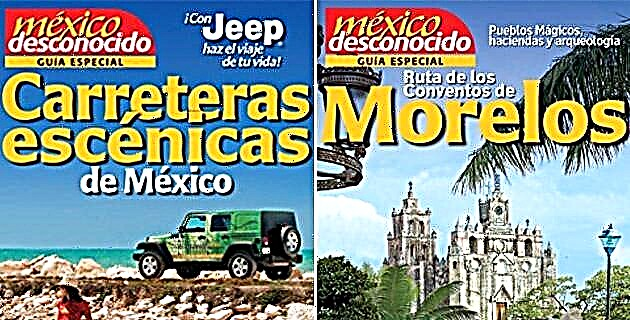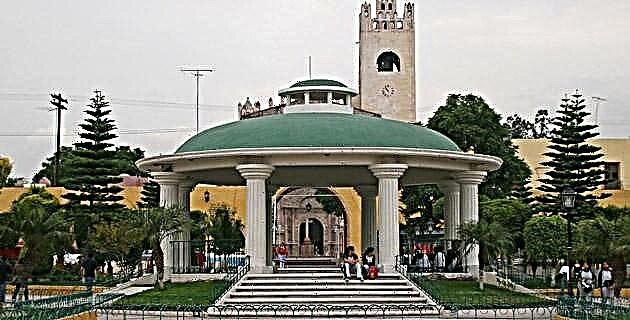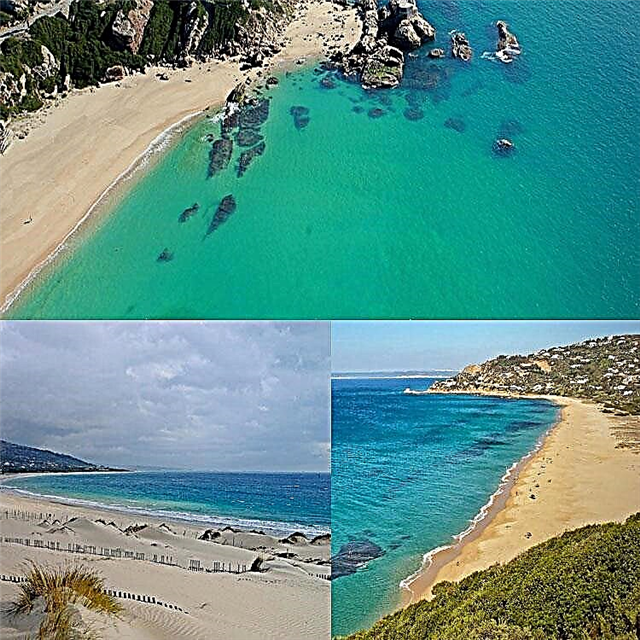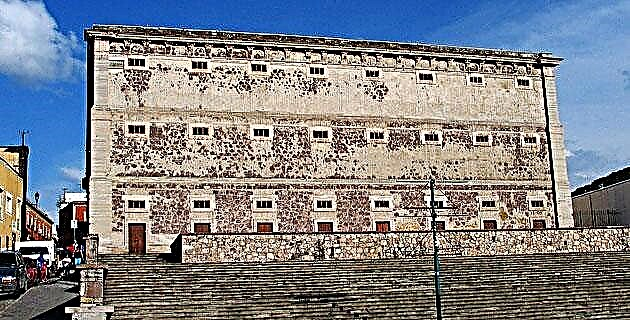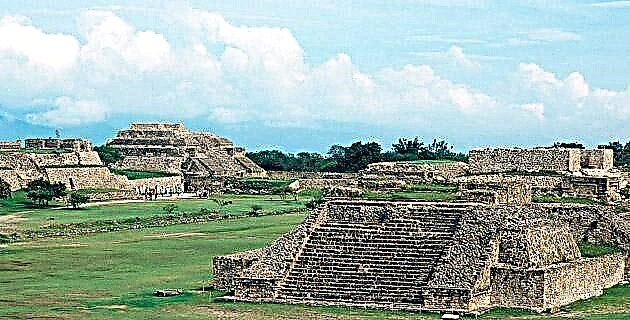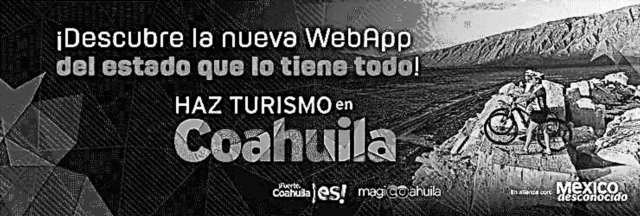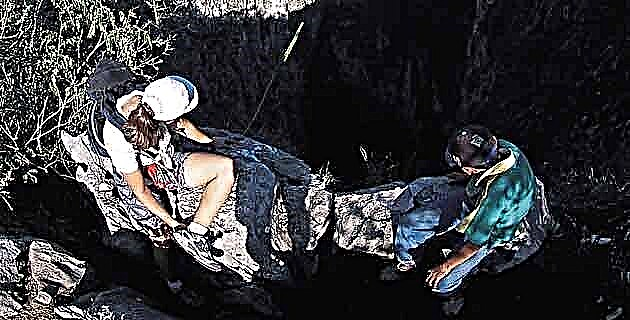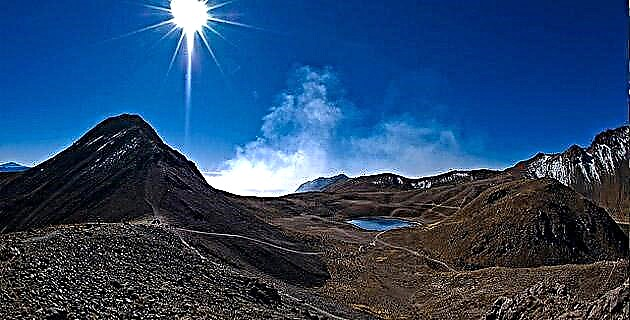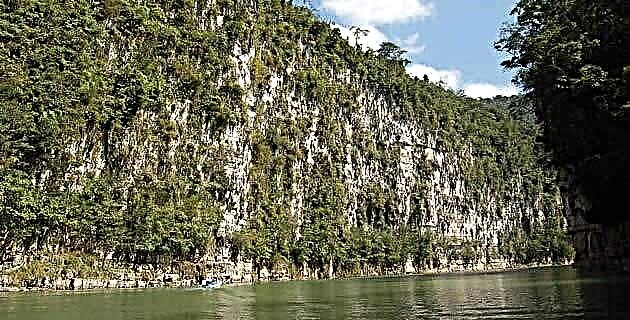
The state of Chiapas presents infinite possibilities for explorers: ravines, tumultuous rivers, waterfalls and the mysteries of the jungle. For some years now, the company that I own has been making descents down the mightiest and most hidden rivers in this state and has opened routes for an audience that, despite being a novice, is eager to appreciate the natural beauty.
After examining some aerial photos of the area and thinking about it for a while, I decided to gather a study group to descend the La Venta river, whose bed runs through a canyon about 80 km long that runs through the El Ocote nature reserve. This crack has a slope that goes from 620m to 170m asl; Its walls reach up to 400m in height and the width of the riverbed that runs through its bottom fluctuates between 50 and 100m, up to 6m in the narrowest parts.
Finally, the group was made up of Maurizio Ballabio, Mario Colombo and Giann Maria Annoni, expert mountaineers; Pier Luigi Cammarano, biologist; Néstor Bailleza and Ernesto López, cavers, and I have experience in river descent and in the jungle.
We carried a small, light raft and an inflatable canoe, a lot of technical equipment that made the backpacks heavier, and enough food for seven days.
The terrain in the upper part of the canyon is arid. We went single file down a long staircase that led us to the boarding point, at the bottom of the huge crevasse. The river did not carry much water, so the first two days we had to drag the canoe down but, despite the enormous effort, we all enjoyed every moment of this fascinating journey.
The group spirit was high and everything seemed to be working very well; Luigi suddenly wandered off to collect samples of plants and insects, while Mario, fearful of snakes, leaped from stone to stone whistling and pounding around him with a cane. Taking turns, we all pulled and pushed the canoe loaded with luggage.
The landscape of the canyon is majestic, the water filters through the walls creating fantastic stalactites of whimsical designs and limestone formations known as Christmas trees, and although it seems incredible the cacti find a way to live in the rocky vertical walls and grow parallel to them. Suddenly, we began to see some caves located on the right wall of the canyon, but they were a bit high and we considered that there was no point approaching them because the verticality of the wall did not allow us to climb with the equipment we were carrying. We prefer to be patient and take a “pressure shower” under the Jet de Leche, a 30m jump of white foam that falls down a smooth orange-colored wall, and slides gently on the stones.
Finally, a little further on, we reached the first cave that we were going to explore and once prepared we went into it.
The white stone vaults reflected the first lights; The caver's footsteps were deaf in the first part of the grotto and as we entered the spaces rapidly changed in size. There was no shortage of bats, the usual inhabitants of these places, where the rest of getting toxoplasmosis is high due to the fermentation of their excrement.
It would take years to fully explore all the caves. Many branch out; walking through them is difficult and carrying luggage is heavy. We tried to penetrate them as much as possible, but soon we found branches and trunks, perhaps the result of rising rivers or underground currents that blocked our way. I don't really know what the reason is, but the truth is that at a height of 30 m, logs are frequently found stuck in the crevices of the canyon wall.
On the third day of the trip we had the first accident: the riverbed was closed due to a small landslide, and in a rapid, the canoe turned over and all the luggage began to float. Quickly jumping from one stone to another, we recovered everything. Something got wet, but thanks to the waterproof bags, everything recovered and the scare did not happen.
When we were navigating between one rapid and another, a great wall of more than 300 m high, to our right, attracted our attention, at about 30 m high a terrace with a structure made by the hand of man could be distinguished. Intrigued, we climbed the wall taking advantage of the cracks and natural steps we soon arrived at a pre-Hispanic altar decorated with figures that still preserve the red paint. On the floor we find several pieces of ancient decorated vessels, and on the walls you can still see r vestiges of paintings. This structure, from which a long curve of the river overlooks, appears to be a site of the pre-classic Mayan culture.
The finding raised a great question for us: Where did they come from by river, most likely they came from the plateau that was above our heads, where there is probably an ancient ceremonial center still unknown. The place and its surroundings are magical.
In its central section, the ravine begins to close until it is barely 6 m wide. The branches and trails that we observed above the bed are an unequivocal sign that in the rainy season this river is extremely swollen and carries what it encounters in its path.
Nature rewarded our efforts with a forced passage under a waterfall that covers all that is the river bed and obstructs the passage like a white curtain that seems to divide two worlds. We were in the damp, dark heart of the canyon. In the shade, the wind made us tremble a little and the vegetation, now a tropical jungle, delighted us with various species of ferns, palms and orchids. In addition, giving a touch of joy to our expedition, thousands of parrots accompanied us with their loud chatter.
During the night of that third day the croaking of the toads indicated our position, since the curves were infinite and closed. According to our calculation, the next day was to inflate the raft, since as the level of the flow was rising we would have to use the oars. The night was dark and the stars were shining in all their splendor.
During the morning of the fifth day, the canoe sailed ahead of us, marking the way and I filmed everything I encountered on the way from the raft. Suddenly I realized that the river was heading towards a dark wall without vegetation. They yelled from the canoe that we were entering a tunnel. The walls closed until they touched. Dumbfounded, we watched the canyon turn into a gigantic grotto. The water was running slowly and this allowed us to film calmly. From time to time, holes would appear in the ceiling that provided us with enough natural light. The height of the ceiling in this place is approximately 100m and stalactites fall from it that vary in color according to the humidity and the color of the background (light gray). The grotto continued to curve to the right. For a few seconds, the luminosity diminished and in the light of the lamps a stone appeared in the shape of a Gothic altar. Finally, after a few minutes, we spot the exit. Once outside, we stopped at a fine sandy beach to enjoy this wonder of nature for a while longer.
The altimeter told us that we were at 450 m asl, and since Malpaso Lake is at 170, this meant that we still had to go down a lot, but we did not know when and where we would face this difference.
We returned to navigation, and we had not traveled more than 100 m when the loud roar of a rapid awoke our attention. The water disappeared between gigantic rocks. Mauricio, the tallest man, climbed onto one of them to observe. It was a landslide, you couldn't see the end and the slope was steep. The water cascaded and gushed. Although the afternoon was approaching, we decided to save the barrier, for which we prepared ropes and carabiners in case we needed to use them.
Each of us carried a backpack and the deflated rafts on our backs were quite heavy. Sweat trickled down our faces as we searched for the safest way to reach the end. We had to be very careful going up and down the slippery stones to avoid falling into the water. At one point, I had to pass my backpack to Ernesto to take a 2m jump. One wrong move and a fracture would cause delay and trouble for the group.
Almost at dusk, we reached the end of the slope. The canyon was still narrow, and since there was no space to camp, we quickly inflated the rafts to search for a suitable place to rest. Shortly after, we prepared camp by the light of our lamps.
During our well-deserved rest, we filled our expedition log with interesting information and comments. We were overwhelmed by the spectacle that was still before us. Those huge walls made us feel very small, insignificant and isolated from the world. But at night, on a sandy beach, between the narrow curves of the river, under the moon that was reflected in the silver walls of the gorge and in front of a bonfire, you could hear the echo of our laughter while we savored a delicious dish of spaghetti.

